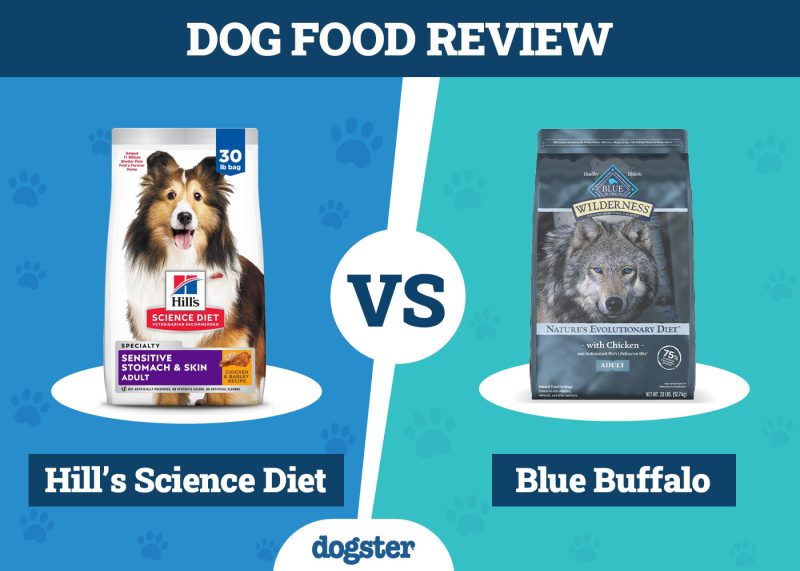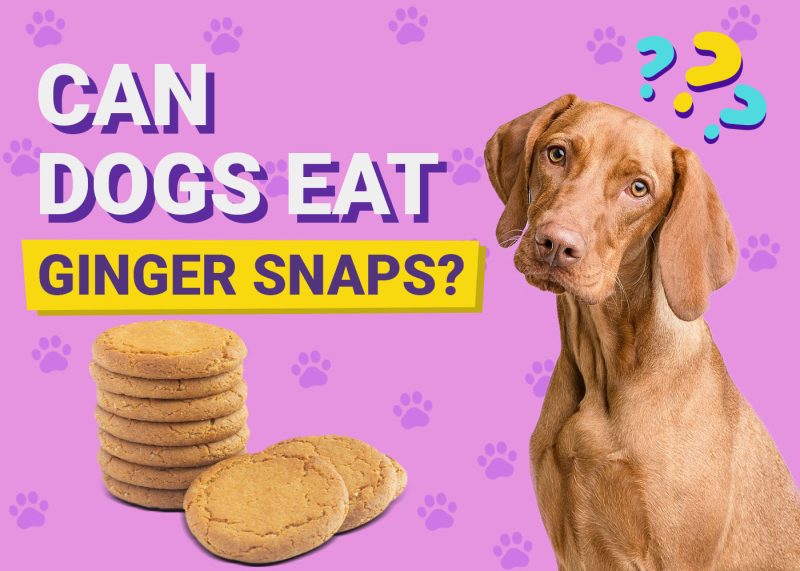A Throwback Pomeranian, also known as an “Old-Style Pomeranian,” is a type of Pomeranian that closely resembles the original Pomeranian that existed in the 18th and 19th centuries. These dogs are larger and have a more fox-like appearance, with a longer snout, larger ears, and a less-rounded head than modern Pomeranians.
Throwback Poms also have a thicker coat, which is usually a solid color or a combination of two colors.
Breed Overview
Height:
8–11 inches
Weight:
14–18 pounds
Lifespan:
12–15 years
Colors:
Black, tan, orange sable, blue, blue merle, chocolate, cream
Suitable for:
Singles or families looking for active dogs that are easy to train
Temperament:
Smart, loving, loyal, and very adaptable
One of the earliest variations of the Pomeranian breed is known as the “Throwback Pomeranian.” These dogs are larger in size than the standard Pomeranian and have a more wolf-like appearance. They have a thicker coat, larger ears, and a broader muzzle. Throwback Pomeranians were popular in the 1800s but have since become less common.
The Throwback Pomeranian isn’t actually recognized as a true and distinctive dog breed by the American Kennel Club (AKC), but they’re still appreciated by some dog lovers for their unique characteristics. They may not be as small and cute as the standard Pom, but they are still affectionate and loyal pets that can make great companions.
Throwback Pomeranian Breed Characteristics

The Earliest Records of Throwback Pomeranians in History
The Pomeranian breed originated in the Pomerania region of Germany, where they were bred as working dogs. These dogs were larger than modern Pomeranians and were used for tasks such as herding, hunting, and pulling sleds. In the 18th and 19th centuries, Pomeranians were introduced to England, where they quickly became popular among royalty and the upper class.
It was during this time that these Poms began to emerge. While the smaller, fluffier Pomeranians were favored by Queen Victoria, there were still breeders who preferred the larger, more fox-like Pomeranians that were closer to the original breed.
These Throwback Pomeranians were often used for breeding, but their popularity began to decline in the early 20th century as smaller Pomeranians became more fashionable.

How Throwback Pomeranians Gained Popularity
In recent years, there has been a resurgence of interest in Throwback Pomeranians. Many people are drawn to their unique appearance and historical significance, and there are now breeders who specialize in producing these dogs.
Note that not all Poms that resemble the original breed are true Throwbacks—there are many factors that go into determining whether a dog is a genuine Throwback Pomeranian.
Formal Recognition of Throwback Pomeranians
While Throwback Poms aren’t officially recognized as a separate breed by major kennel clubs such as the AKC, there are breeders who specialize in producing these dogs. Some breeders even use DNA testing to determine whether their dogs are true Throwback Pomeranians.
Physical Characteristics of Throwback Pomeranians
As mentioned earlier, Throwback Pomeranians have a distinct appearance that sets them apart from modern Pomeranians. They’re noticeably larger, with a more fox-like appearance, and have a thicker coat that can come in a variety of colors like cream, white, and brown/tan.
One of the most notable physical characteristics of Throwback Poms is also their longer snout, which gives them a more “wolf-like” appearance. They also have larger ears that stand upright, and a less-rounded head than modern Pomeranians. Despite their larger size, these Poms are still considered small dogs, typically weighing between 15–30 pounds.
Common Health Issues for Throwback Pomeranians
Tracheal Collapse
Tracheal collapse is another common risk for small dogs. The trachea, or the windpipe, is composed of a circle group of cartilage that allows mammals to breathe. These can become weaker and collapse, which could lead to a narrower dog’s breathing. Dry and severe coughing can cause your dog to have difficulty breathing.
Over-breeding or obesity can lead to a genetic disposition for this condition. Sometimes, a tight collar can cause tracheal collapse if the trachea becomes constricted too often. You can stop your Pom’s tracheal collapse from happening by using a harness instead of a typical collar.
Treatment depends on the cause of the problem (genetics, infection, obesity). To reduce inflammation and irritation from coughing, steroids and cough suppressants may be used. If the cause is genetic, you can’t do anything, unfortunately.
Patella Luxation
Patella luxation is a common health problem in many toy breeds of dog, including Chihuahuas, Shih Tzus, and Pugs. This health risk can be avoided by being careful about your diet and exercising. Patella luxation is also known as the slipping of the kneecaps. It’s caused by genetics and the way bones are built. They will be more susceptible to osteoarthritis.
The patella and kneecaps are found within the tendon of the thigh muscles. The tendon is a hard, elastic band of tissue that connects the bony attachment to the muscle. If your Pom is having back problems, patella luxation will most likely be the cause. The patella will become loose underneath the tendons and move backward and forward.
Your Pom should have their patella checked annually to make sure it doesn’t slip in and out the tendon. This can cause it to get worse over time. The only treatment for patella luxation is knee surgery.
How to Care for Your Throwback Pomeranian
As with any dog, it’s important to properly care for your Throwback Pom to ensure they are healthy and happy. One of the most important things to keep in mind is their exercise needs—while they may be small dogs, Throwback Poms are still active and energetic and require regular exercise to stay healthy.
This can include walks, playtime in the backyard, or even agility training. Pomeranians enjoy two walks per day, at a pace that is easy for them and for at least 20 minutes. Walking can last up to 40 minutes depending on how much your Pomeranian enjoys its outdoor time.
Temperament and Personality of Throwback Pomeranians
While their appearance may be different from modern Pomeranians, Throwback Pomeranians still possess many of the same qualities that make Pomeranians such beloved pets. They are loyal, affectionate, and intelligent dogs that thrive on human companionship. They are also known for their playful and energetic nature, and love to run around and play with their owners.
One thing to keep in mind is that Throwback Pomeranians can be more independent than modern Pomeranians, which may require more training and socialization. They can also be more protective of their owners and may be wary of strangers. However, with proper training and socialization, these dogs make great pets for families and individuals alike.

Top 3 Unique Facts About Throwback Pomeranians
1. Breeding, genetics, diet/exercise, and possible mixed breeding with large Spitz breeds such as American Eskimo Dogs and Samoyeds all contribute to the Pom’s size.
2. Because of less availability, Throwback Pomeranian dogs are often more expensive than show-sized Pomeranian pups.
3. A Throwback Pom puppy can range from $1,100 to $7,000.

Do Throwback Pomeranians Make a Good Pet?
Yes. In fact, one of the reasons why these Poms are gaining popularity is because of their distinct personality and temperament. While they may be larger and more independent than modern Pomeranians, they are still loyal, affectionate, and intelligent dogs.
They also tend to be more active and energetic, which can make them great companions for people who enjoy outdoor activities.

Conclusion
If you’re looking for a unique and adorable pet, a Throwback Pom may be the perfect choice for you. These dogs have a fascinating history and unique set of characteristics that make them stand out from other Poms. While they may require more training and socialization than modern Poms, they are still loyal, affectionate, and intelligent dogs that make great companions for families and individuals alike.
If you’re considering adding a Throwback Pomeranian to your family, be sure to do your research and choose a reputable breeder who prioritizes the health and well-being of their dogs.
See also:
- Why Does My Dog Sleep With Me? 5 Usual Reasons
- Why Do Female Dogs Hump? 5 Vet-Reviewed Reasons & How to Stop It
Featured Image Credit: JPCO, Shutterstock



















